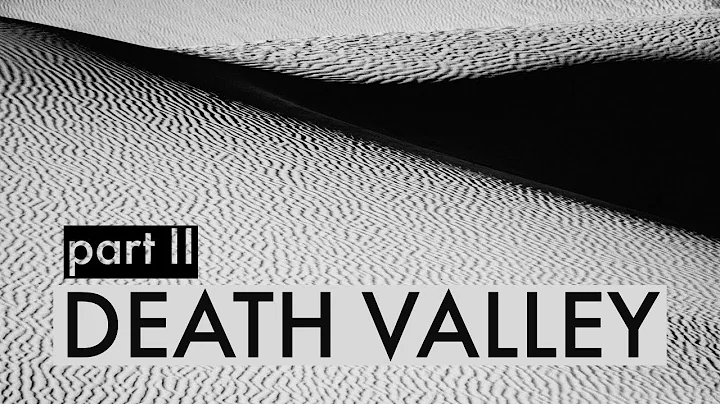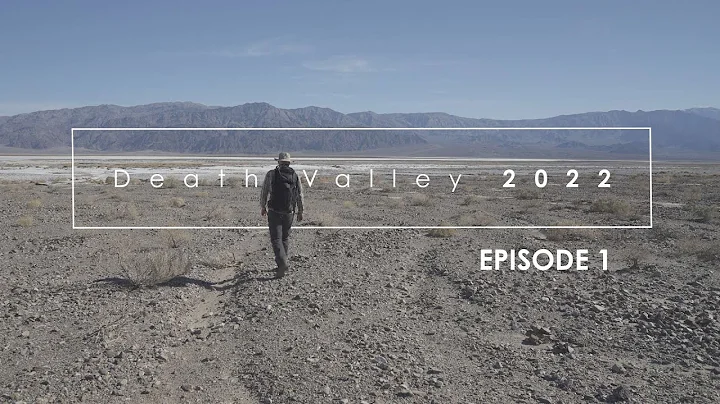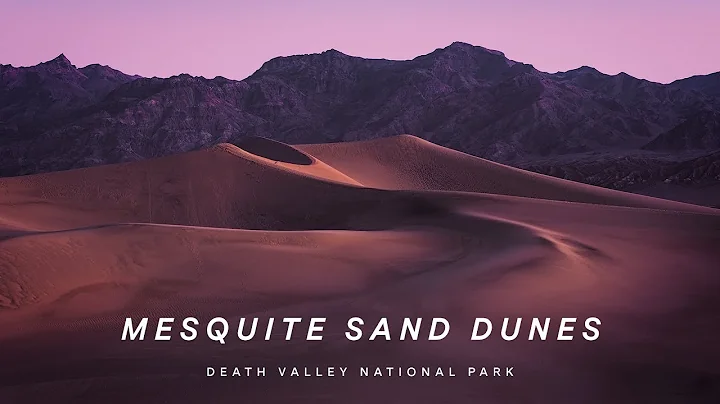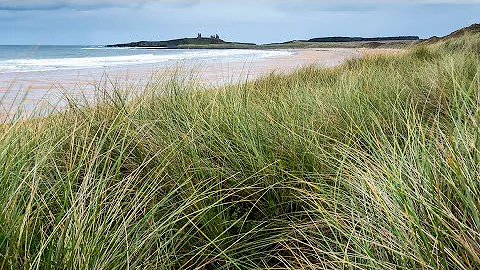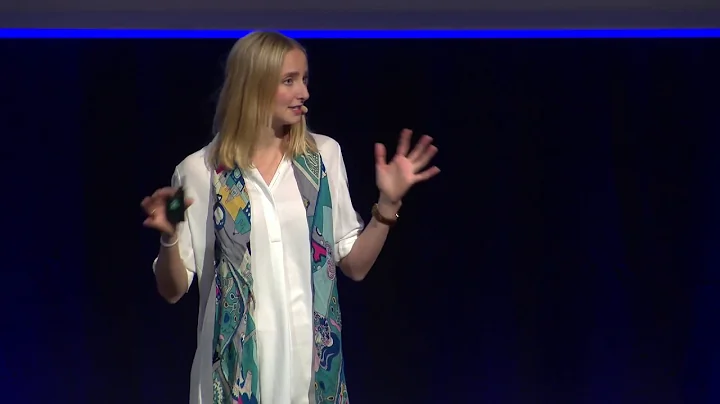Adams: The Birth of 40 Works (Fourteen)

Sand Dunes
Sand Dunes
(Photographed in Death Valley Scenic Area in 1948)
For most photographers, Death Valley means many difficulties. Photographing the desert is mainly about lighting. Grand, desolate and dazzling when illuminated by the sun, and strong shadows are the basic characteristics of desert landscapes. It is an area where light conditions in the morning and evening are generally best for photography. Edward Weston, on the other hand, still took many of his best photos in the desert in the strong light of noon. He appreciates the subtle nuances captured in flat light.
Edward encountered many setbacks when he went to photograph Death Valley for the first time. He used a yellow filter because he thought it would distinguish the ground from the sky. He failed to realize that using a yellow filter (such as the Layden No. 8 filter) to photograph yellow and reddish sand would result in overexposure at normal filter factors, since the filter only allows It itself passes through light of the same color. He found that using a filter without a filter factor allowed the ground to maintain its own inherent brightness, but the blue sky and bluish shadows were significantly reduced in brightness. Thanks to Edward for providing this information, I followed his advice with great success on my first trip to photograph Death Valley. For very distant scenes, you must try to reduce the smoke effect caused by the huge air mass between the subject and the camera. You may need to use a dark filter in this case.
In many desert photos showing sunlight illuminating the subject, the shadows appear to be pitch black and nothing can be seen. Visually, this is impractical. The eye can see the brightness and texture of these parts. Using an average exposure, the shadows may fall toward the low-light end of the exposure scale, approaching a pitch-black tone. Therefore, we should imagine the desired brightness of the shadows and adjust the exposure and development of the negative accordingly.
I drove the car near Stover Pywells and set up camp in the car, usually sleeping on the platform on top of the car that supported my camera. The deck area is approximately 5 x 9 feet. I got up before dawn, made some coffee, heated up the coffee beans, and after eating, I took my equipment and started hiking. To capture the legendary desert sunrise, I had to climb many sand dunes. A few times before, I hurried on with a heavy equipment bag on my back, only to find that I arrived too late, the light was not suitable for shooting, or I encountered strong wind and sand that could damage the lens. The shape of the dunes is constantly changing, and when I come back to take pictures weeks or months later, the original dunes are no longer there.
The blazing sun had crept over the Fornell Mountains and I knew it was going to be a hot day. Fortunately, I arrived at a shooting location where the stunning composition had not yet been revealed. Red and golden light illuminated the dunes, their crests slightly spread out as the morning breeze gently blew the sand. In order to fully express the colors that the sunrise brings to the dunes, I used 4×5 Kodachrome positive film for the first time, placed the bright parts illuminated by the sun in zone 6, and used a colorless compensation filter or polarizer. Then, without moving the camera, I took a few shots using black and white film. The brightness of the sunlit dunes falls in zone 6 of the exposure scale. I used a Layden No. 8 (K2) filter with no filter factor, and marked development as normal plus zone 1 brightness.
This exposure arrangement and the Layden 8 filter effect will enhance the light from the blue sky and illuminate the shadows, and make the distant mountains clearly visible. However, the part of the sky above the distant horizon is very bright, showing a desaturated blue. It's barely affected by filters and has very bright gray reproduction. I like this effect because it conveys a sense of light. In color photos, the portion of the sky above the horizon is almost pure white.
This image is vividly conceived and well-proportioned.Because I was using a 7-inch Dagg lens, I wasn't able to achieve the exaggerated perspective effect at near and far that would have occurred with a shorter focal length lens. I tilted the camera back slightly to ensure focus was on the dune ripples in the foreground and the dunes and mountains in the distance. The exposure time was 1/8 second, the aperture was F22-32, and Kodak Plus X film was used at ASA64 speed.
Within 15 minutes, the light on the dunes became dull and I returned to the car in the heat, which at the time was 90°F in the desert and even higher in Death Valley. I'm thankful for using white gathering cloth and equipment boxes. I remember the situation I encountered when I went to the Sierra Heights to take photos last summer. At that time, due to direct sunlight, the temperature of the equipment box and the equipment inside was approaching dangerous levels. The temperature of the surrounding air is still tolerable, but the heat generated in the dark box is very high. Experiments have proven that it is useful to paint the equipment box with white protective paint, wrap it with white cloth or install an aluminum cover. I once had two identical black boxes made of fiberboard, and I painted one of them white. I placed a thermometer in each box and placed the boxes in direct sunlight. After 15 minutes, the temperature of the white-painted box had risen only 10°F, while the temperature of the unpainted box was as high as 125°F. This is an experiment done on a warm noon in San Francisco ! I can imagine how hot it would be in a black box in the desert under bright sunlight. Manufacturers continue to produce black equipment boxes and equipment bags, and the focus cloth is black on both sides. Obviously, this product is not suitable for use in the desert at all.
I have full faith in the excellent scientists and technicians working in the photography industry. The research, prototyping, design and production are all excellent. However, few technicians engaged in the production of photographic equipment understand that photography is an art form, or understand the various equipment needed by creative personnel. But in some ways, standards are rising. I think modern lenses are moving to a higher level and getting better and better, and today's negatives and printing materials are much more advanced than what we knew and used in the past. I believe the next step will be electronic imaging. I hope I live to see it. I believe that creative observation will continue to play a role no matter how sophisticated the various technological inventions are.

Ansel Adams

Adams predicted that the future of photography is the electronic age


